
 All works are photographs © Mia Boysen; courtesy the artist and Mirko Mayer / m-projects, Cologne
All works are photographs © Mia Boysen; courtesy the artist and Mirko Mayer / m-projects, Cologne
Mia Boysen is a German photo-artist whose works elegantly address the physical and psychological allure of consumer culture. Currently based in Cologne the 1985-born artist was brought up in Johannesburg, South Africa where she studied at The Wits School of Arts. Following her Bachelor degree she moved back to Germany and in 2013 studied a Masters at the Academy of Media Arts Köln (KHM). Her new series of photographs ‘Plastic Manisfestations’ was previewed at Mirko Mayer/M-projects last month, and centres on close-up photographs of plastic curtains. Boysen spoke to me about the production mystery, about fetishism and about the reasons why curtains and displays are the major motifs in her work.
Frederica Miller: What was it that made you decide to move from South Africa to study a Masters at the KHM, Cologne?
Mia Boysen: Although I moved to Germany with the intent of doing my masters, it was only after I had been in Germany for a year that I applied to the KHM in Cologne. My move to Germany was chiefly fuelled by curiosity. I wanted to know what it would be like to be close to an art scene that I had only read about in my mother’s outdated batch of ARTFORUMs. The great thing was that having been brought up in a German household I had no linguistic or cultural barriers to cross.
Frederica: How did you find the experience?
Mia: I spent the first year in Berlin, which was my first real away from home experience and I seized every moment. By the time that I moved to Cologne and started at the KHM I had changed back into working gear again. The KHM is so professionally equipped that I soon realised that I needed to focus to take advantage of what was being offered there.
Frederica: In the past you have cited the theories about simulacra and simulations coined by photographer and cultural theorist Jean Baudrillard in reference to your work. How is your latest series ‘Plastic Manifestations’ related to this?
Mia: Its hard to get around the theory of simulacra and simulations anymore. It seems to be omnipresent in my work. I feel that with 'Plastic Manifestations' have reached a new level of simulacra and simulation though. They are far more hyper-realised than many of my other works. At first glance its hard to distinguish if the Vorhänge have any physical reference at all, meaning that they look like renderings and not photographs. By framing certain details, I have discarding of the initial context even more.
Frederica: Would you mind telling why you chose curtains? What was it that inspired you?
Mia: The curtain motive evolved from my interest in displays and presentation and I soon came to understand the curtain as being key in the production of mystery. A curtain is a very simple device, it separates public from private, visible from out of sight. Think about on stage and off-stage. A constructed reality on the one side and the 'truth' on the other. Sure, this goes for walls or doors as well, but the threshold curtains create are often more temporary and crossing over or looking behind the curtain is a more immediate possibility. Curtains don't block out sounds and they can shift with movement. These are just a few things that in my mind enhance mystery and intrigue.
Frederica: As for your 'Display' series, there is currently much theoretical debate surrounding the representation of objects, where does your work fit in to these discussions?
Mia: The displays in my work are mostly empty. I have purposefully removed the objects, or there were never any to begin with. In turn the displays become objectified themselves. You suddenly become more aware of the actual display, the materials used to make up the 'stage' on which the object is to 'perform'. This opened me up to a lot of questions surrounding the aesthetics or the vernacular of luxury in contemporary consumer society. Why are certain fabrics or surfaces more appropriate or conventional than others? I imagine the debate around 'displays' to be similar to the one around 'context'. The display is the context. The frame. The perspective. It guides the viewer into a world of associations and stories. It dictates the way in which the object is wanted to be seen.
Frederica: In both your ‘Display’ series and in ‘Plastic Manifestations’ you are drawn to photographing luxury materials. Would it be fair to describe your work as fetishistic?
Mia: It's funny that you ask if its 'fair', this somehow implies that it might be an association one would prefer to avoid. I guess this would be partly due to the overriding negative or popularised connotations still evoked by the term. Its still mostly used to describe a sexual bond between a person and an object, which is not incorrect, but only grazes the surface of the meaning of the term. The word fetish is derived from the latin words facticius, which means artificial, and facere, which means to make. So yes: I think its fair to use this word in association with my work. I am very interested in the inherent value or power of objects and our relationships to these objects.
Frederica: You have previously worked in video and your photographs have been described as ‘sculptural’. To what extent do these other mediums influence your work?
Mia: At the Unseen Photo Fair 2014 last year I was confronted with the term 'New sculptural Photography' in association with my work. I am not sure I feel connected to the term though. In my work up until now I am most of all interested in the possibilities of the photographic medium; the ability to frame or dictate a view on something and the representational powers of the image. I spend a lot of time constructing my sets and arranging my subjects, so I guess that is where the 'sculptural' idea comes in. But once the photo is done, the set is dismantled. The photograph is the the final work. To be honest, I feel more like a set designer or an interior designer when I prepare my image than I do a sculptor.I am more influenced and inspired by the interior design of department stores, the materials used, the surfaces, the lighting, the spectacle, than I am by say classical sculpture.
Frederica: Do you see yourself working in other mediums in the future?
Mia: I would love to do more video and its only a matter of time. However I'm also eager to expand the computer-generated imagery skills that I picked up during my studies in Johannesburg. I think with both of these mediums it would be possible to expand my interest in framing and the powers of representation.
Website Mia Boysen: cargocollective.com/miaboysen
Website Galerie Mirko Mayer: mirkomayer.com
Current exhibition
Gemischtes Doppel (group)
24.04 - 22.05.2015
Büro für Brauchbarkeit
Trimbornstr. 7
51105 Köln
Opening Hours: Fri - Sat, 12 - 18h
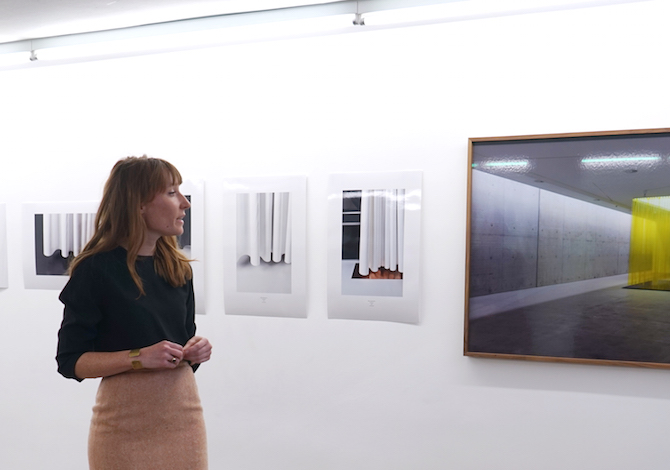
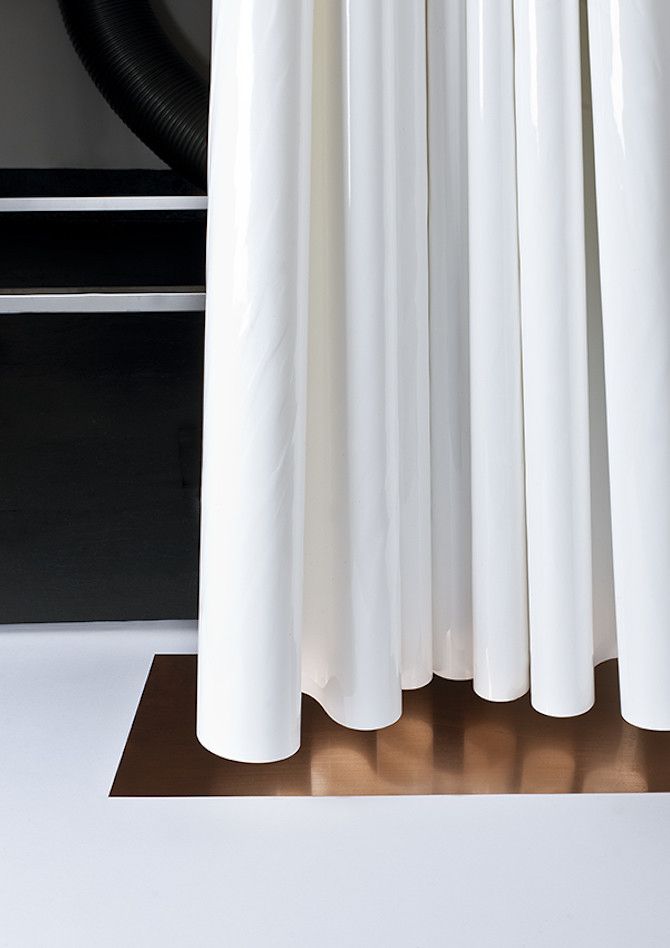

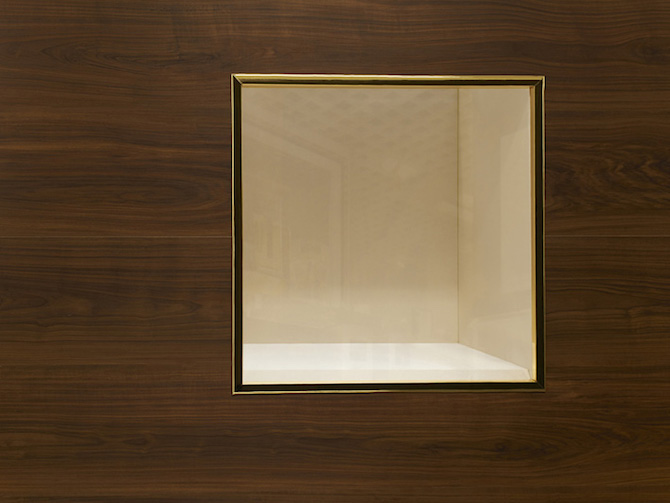
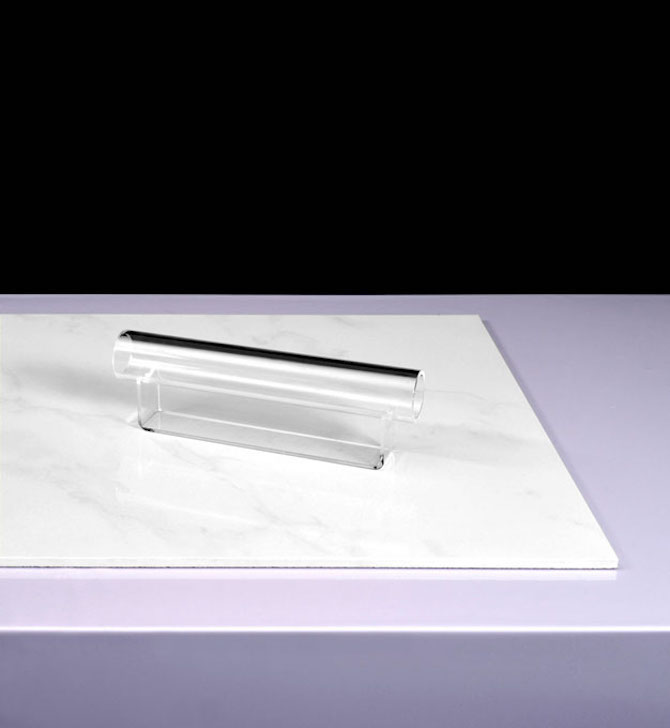


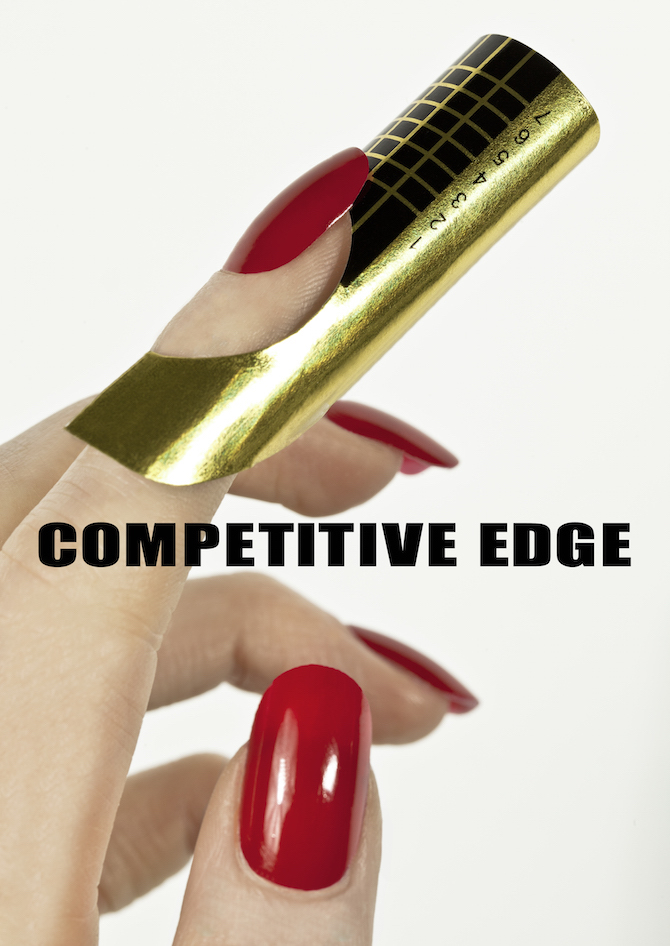 All works are photographs © Mia Boysen; courtesy the artist and Mirko Mayer / m-projects, Cologne
All works are photographs © Mia Boysen; courtesy the artist and Mirko Mayer / m-projects, ColognePortrait of Mia Boysen by © Frederica MIller
"Competetive Edge" Poster for Unseen Photo Fair 2015
